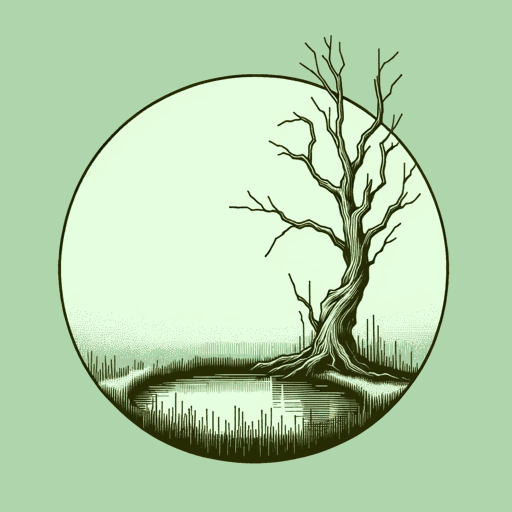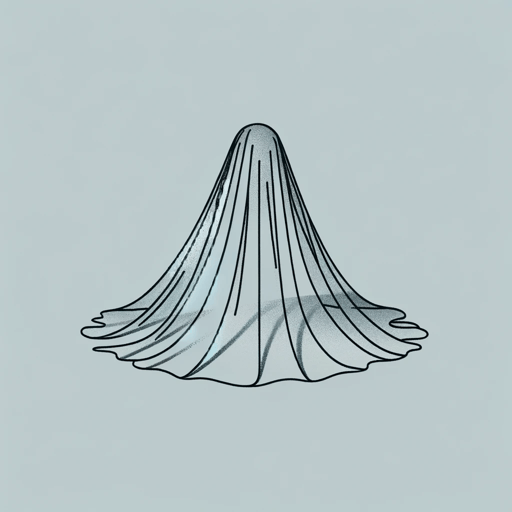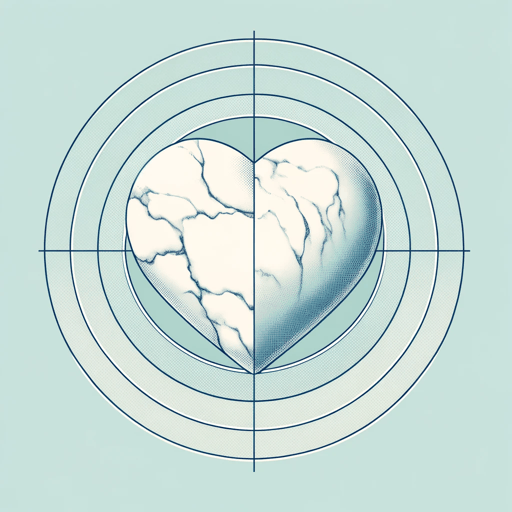30 pages • 1 hour read
Nathaniel HawthorneEthan Brand
Fiction | Short Story | Adult | Published in 1850A modern alternative to SparkNotes and CliffsNotes, SuperSummary offers high-quality Study Guides with detailed chapter summaries and analysis of major themes, characters, and more.
Background
Literary Context: Light and Dark Romanticism
In the 19th century, multiple religious, philosophical, and artistic movements rose to prominence, especially within the literary world. These included the Romantic movement, a philosophical and artistic movement that largely explored humanity and its relationship with the divine and nature. Romanticism consisted of two sub-movements: Light Romanticism and Dark Romanticism.
Romanticism emerged as a response to Enlightenment, or the Age of Reason, an intellectual and philosophical movement that swept across Europe during the 17th and 18th centuries. The Enlightenment was characterized by a strong emphasis on reason, science, individualism, and secularism. By contrast, Romantic writers often critiqued the excesses of scientific rationalism and the unchecked pursuit of progress. For example, in Frankenstein (1818), the Dark Romantic writer Mary Shelley explored the ethical implications of scientific experimentation and the hubris of man's attempt to play God.
Transcendentalism is an example of a Light Romantic movement. Transcendentalism was a philosophical movement that valued intuition, individualism, and a deep, spiritual connection to nature. It was also a highly idealistic philosophy that stressed the goodness of man and nature. Transcendentalism dominated American literature in the 19th century, exemplified by writers such as Ralph Waldo Emerson, Henry David Thoreau, Walt Whitman, and Louisa May Alcott.
Related Titles
By Nathaniel Hawthorne

Dr. Heidegger's Experiment
Nathaniel Hawthorne

My Kinsman Major Molineux
Nathaniel Hawthorne

Rappaccini's Daughter
Nathaniel Hawthorne

The Ambitious Guest
Nathaniel Hawthorne

The Artist of the Beautiful
Nathaniel Hawthorne

The Birthmark
Nathaniel Hawthorne

The Blithedale Romance
Nathaniel Hawthorne

The Hollow of the Three Hills
Nathaniel Hawthorne

The House of the Seven Gables
Nathaniel Hawthorne

The Marble Faun
Nathaniel Hawthorne

The Maypole Of Merry Mount
Nathaniel Hawthorne

The Minister's Black Veil
Nathaniel Hawthorne

The Scarlet Letter
Nathaniel Hawthorne

The Wives of the Dead
Nathaniel Hawthorne

Young Goodman Brown
Nathaniel Hawthorne

